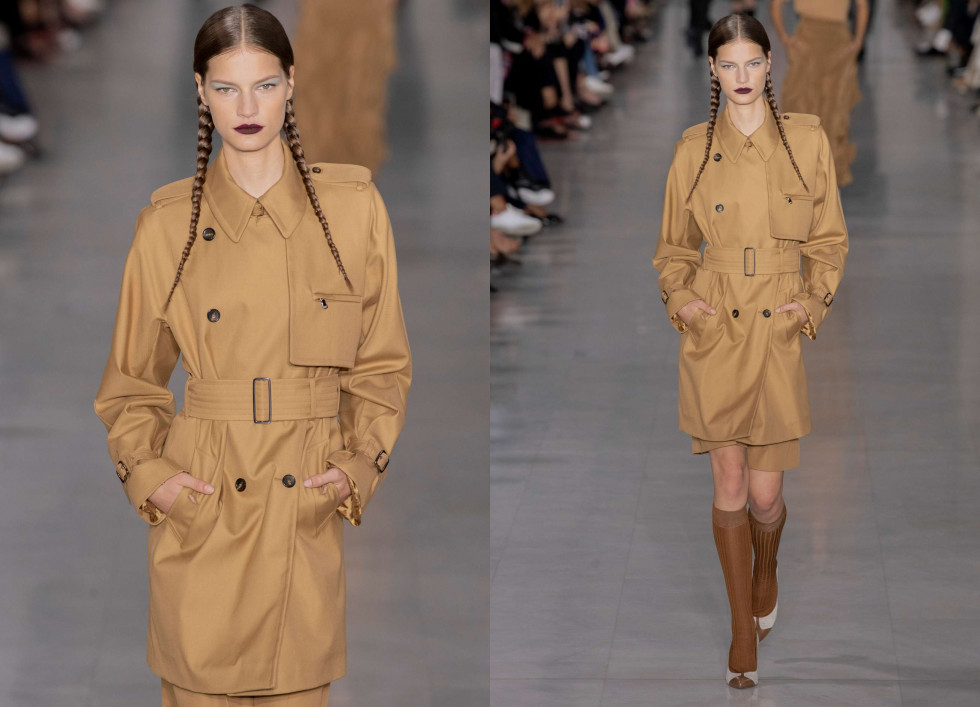In the fashion world, Pakistan stands out for its rich tapestry of traditional attire, with Pakistani gowns being a quintessential part of its cultural heritage. These gowns, often referred to as "shalwar kameez," are not just garments; they are embodiments of centuries-old traditions and craftsmanship and a reflection of the vibrant cultural landscape of the region.
**A Fusion of Tradition and Modernity:**
Pakistani gowns encapsulate the essence of traditional attire while seamlessly blending contemporary elements. The ensemble typically comprises three pieces: the kameez (a long tunic), shalwar (loose-fitting trousers), and dupatta (a long scarf). What sets Pakistani gowns apart is their exquisite craftsmanship, intricate embellishments, and a wide array of fabrics ranging from luxurious silks and chiffons to comfortable cotton and linens.
**A Kaleidoscope of Colors and Designs:**
One of the most striking features of Pakistani gowns is their vibrant colours and diverse designs. From rich jewel tones to pastel hues, the colour palette is as vast as the imagination. Traditional motifs such as paisleys, florals, and intricate geometric patterns adorn these gowns, adding a touch of opulence and charm. Moreover, the versatility of Pakistani gowns allows for endless customization, making each piece unique and reflective of individual style preferences.
**Celebrating Cultural Diversity:**
Pakistan's cultural diversity is reflected in its clothing, with each region boasting its distinctive gown style. Whether it's the intricately embroidered Phulkari work of Punjab, the vibrant mirror work of Sindh, or the delicate threadwork of Balochistan, Pakistani gowns showcase the rich heritage and craftsmanship of various communities across the country. Moreover, these gowns serve as a symbol of unity, bridging the cultural divide and fostering a sense of collective identity.
**Global Appeal:**
In recent years, Pakistani gowns have gained popularity not only in South Asia but also on the global stage. Celebrities, fashion enthusiasts, and designers worldwide have embraced the elegance and sophistication of Pakistani attire, incorporating elements of it into their collections and red-carpet looks. The fusion of traditional craftsmanship with contemporary silhouettes has captivated fashion connoisseurs worldwide, making Pakistani gowns a sought-after choice for weddings, parties, and special occasions.
**Preserving Heritage Through Fashion:**
Beyond their aesthetic appeal, Pakistani gowns significantly preserve cultural heritage and empower local artisans. The art of hand embroidery, passed down through generations, finds expression in the intricate motifs adorning these garments. By promoting traditional craftsmanship and supporting indigenous artisans, Pakistani gowns contribute to the socioeconomic development of communities and ensure the survival of age-old techniques in an increasingly globalized world.
**Conclusion:**
In a world where fashion trends come and go, Pakistani gowns are timeless symbols of elegance, tradition, and cultural pride. From the bustling streets of Lahore to the runways of Paris, these garments continue to captivate hearts and inspire awe with their exquisite craftsmanship and unparalleled beauty. As fashion evolves, Pakistani gowns remain steadfast, reminding us of the enduring allure of heritage and the power of clothing to transcend boundaries and unite people across the globe.








